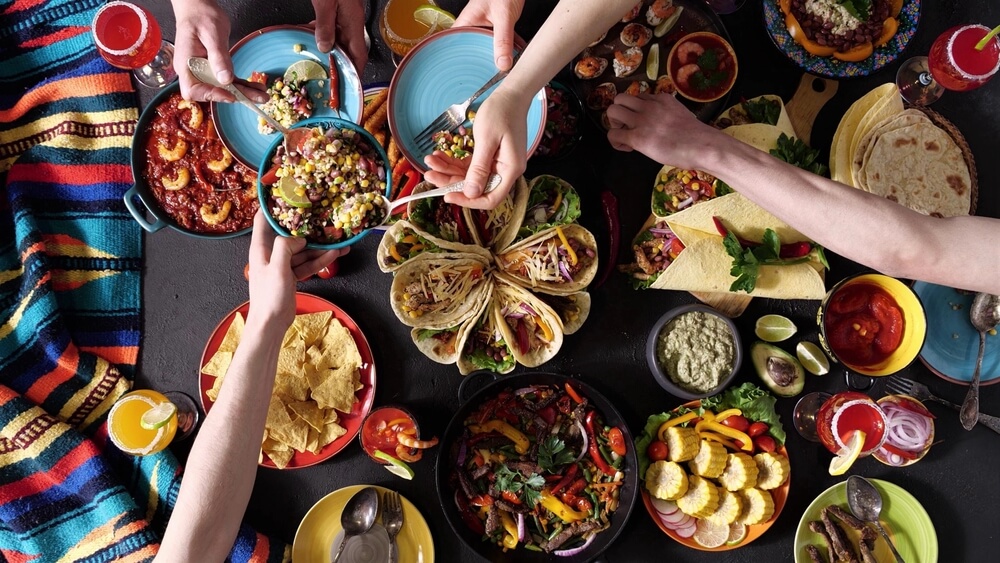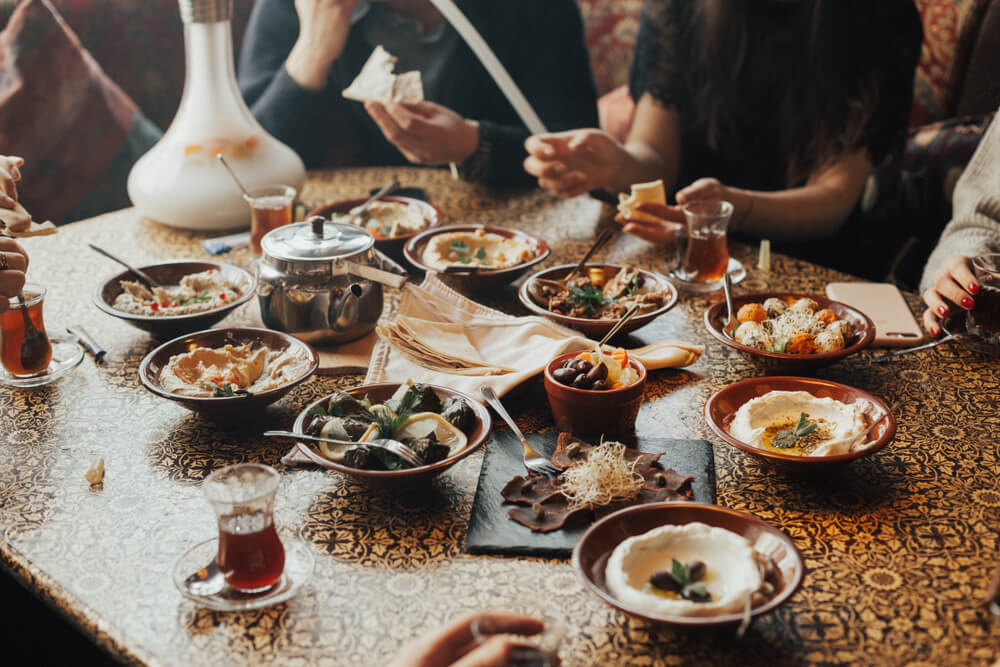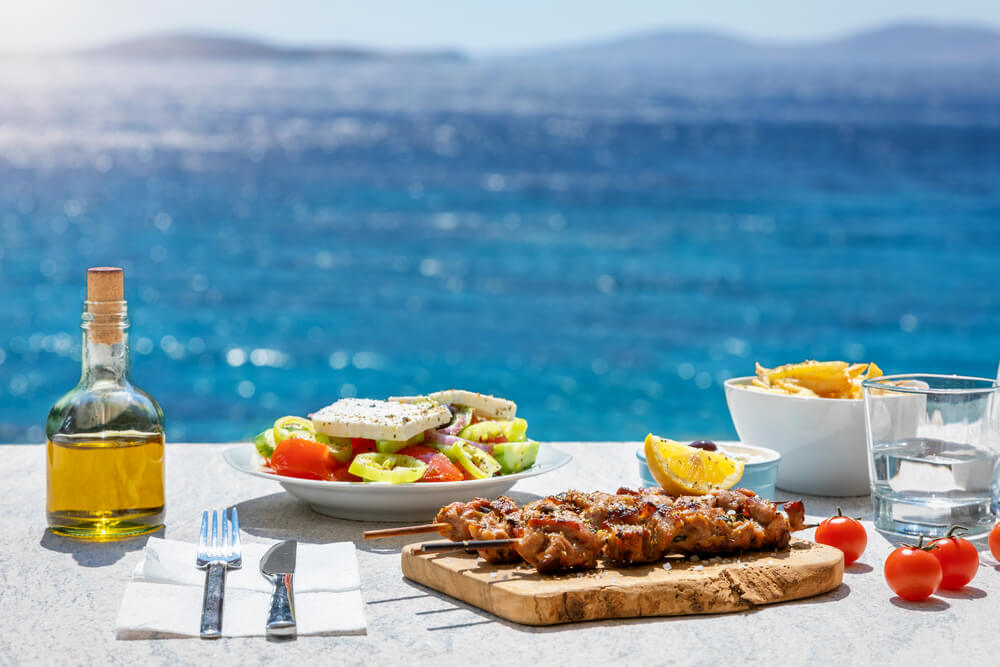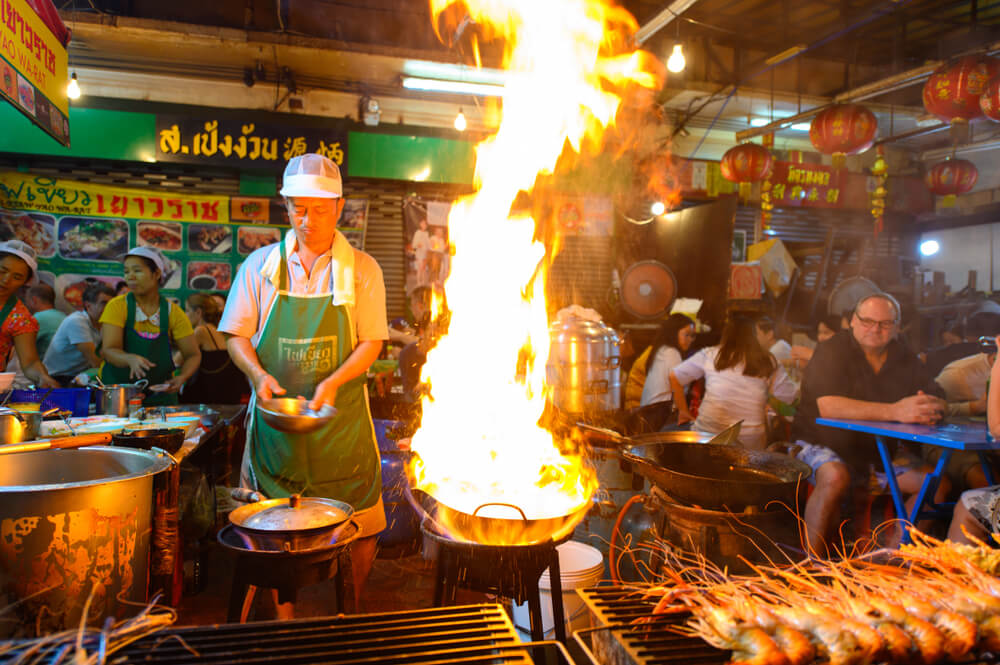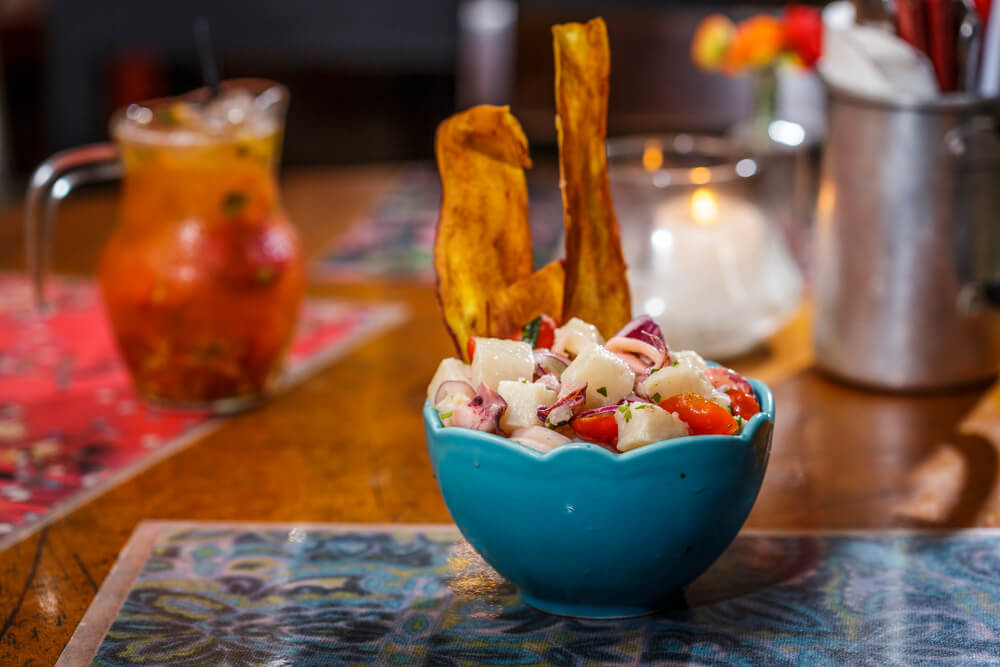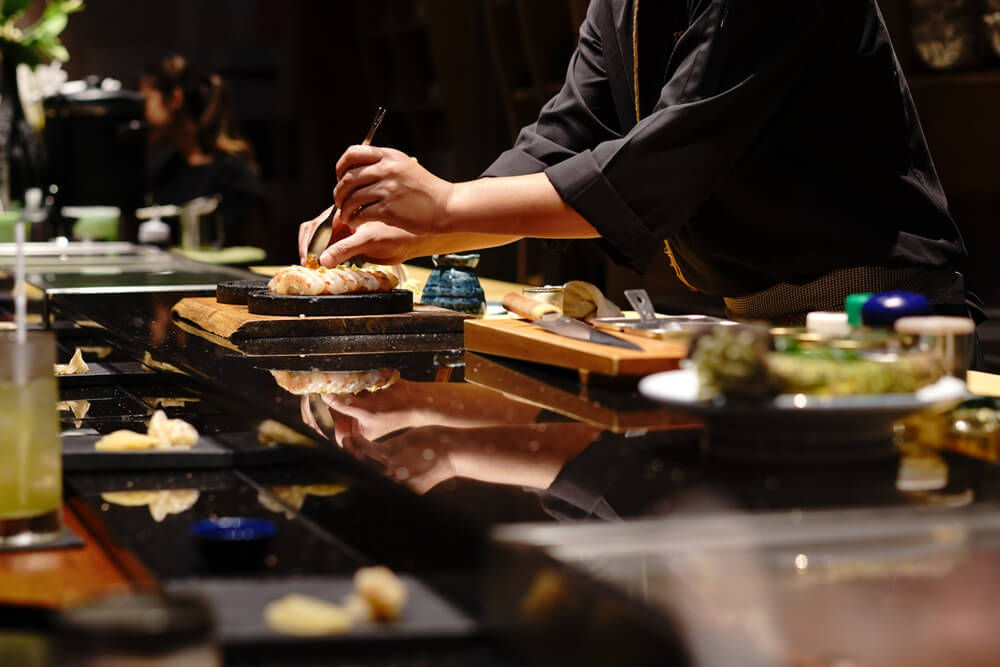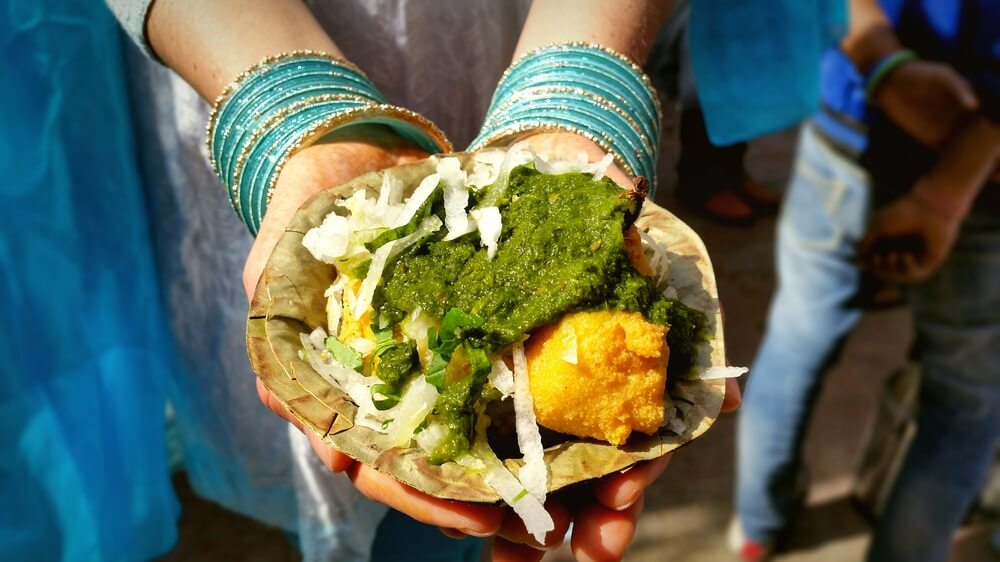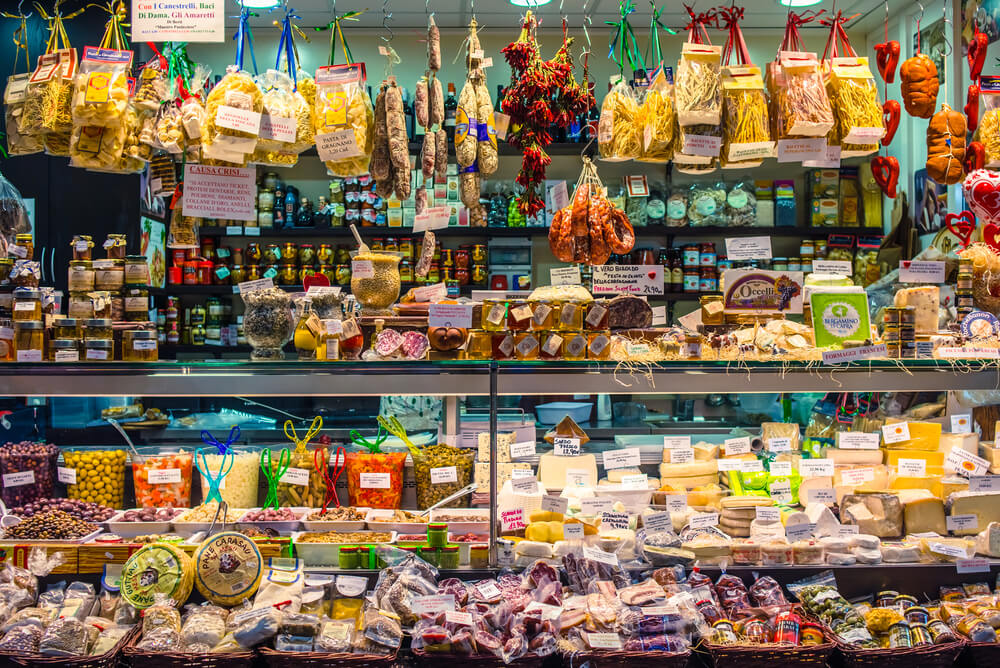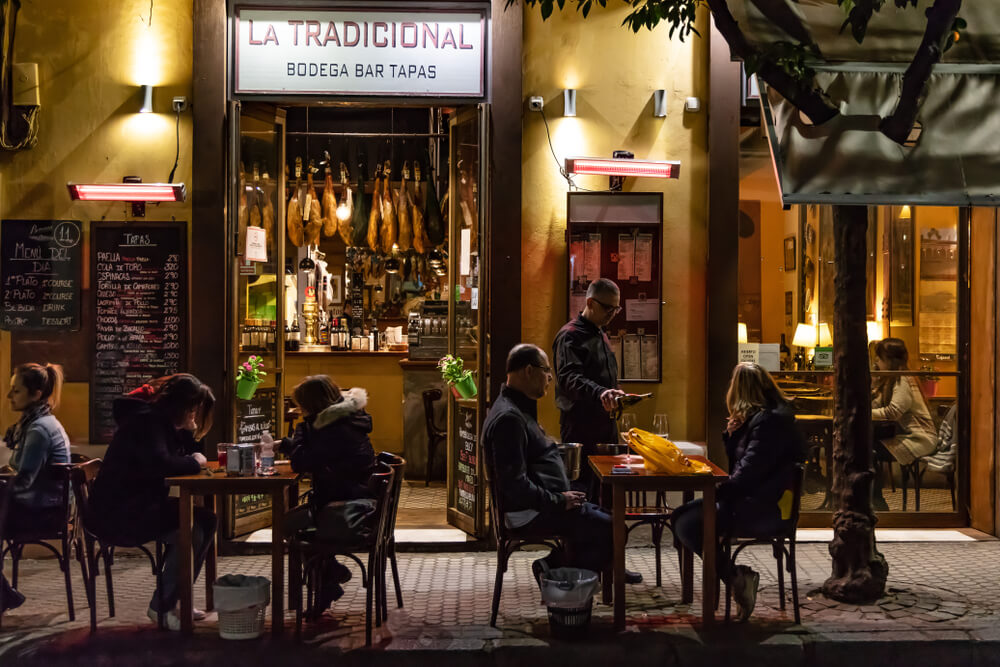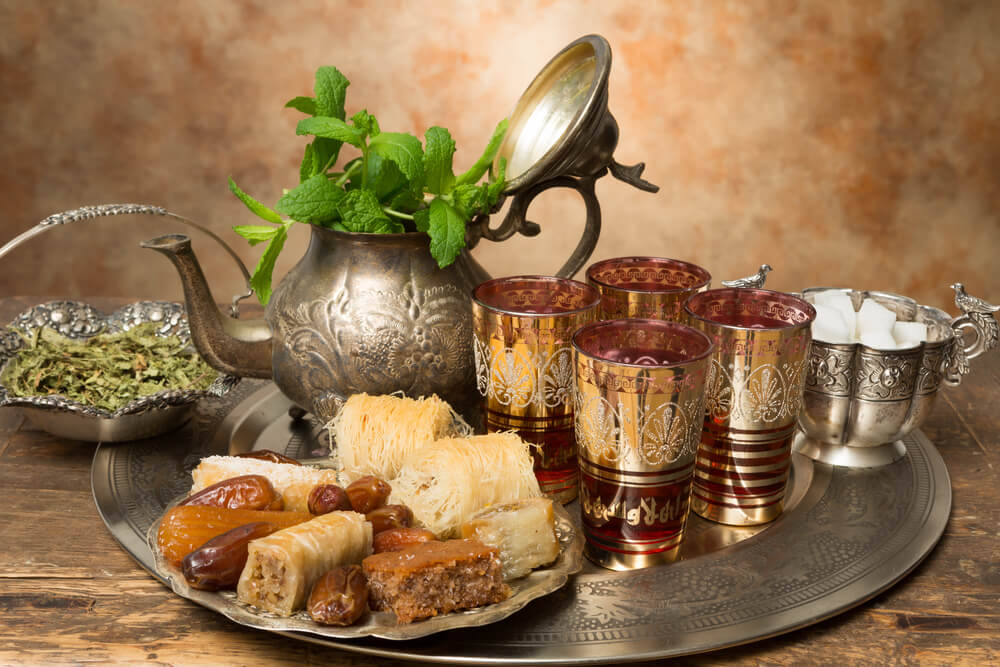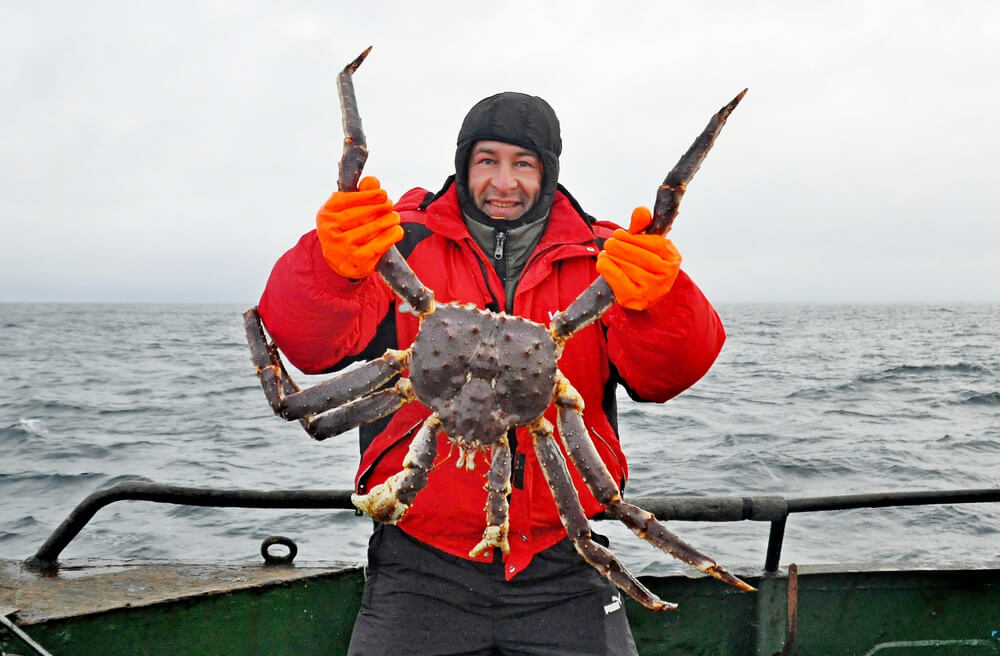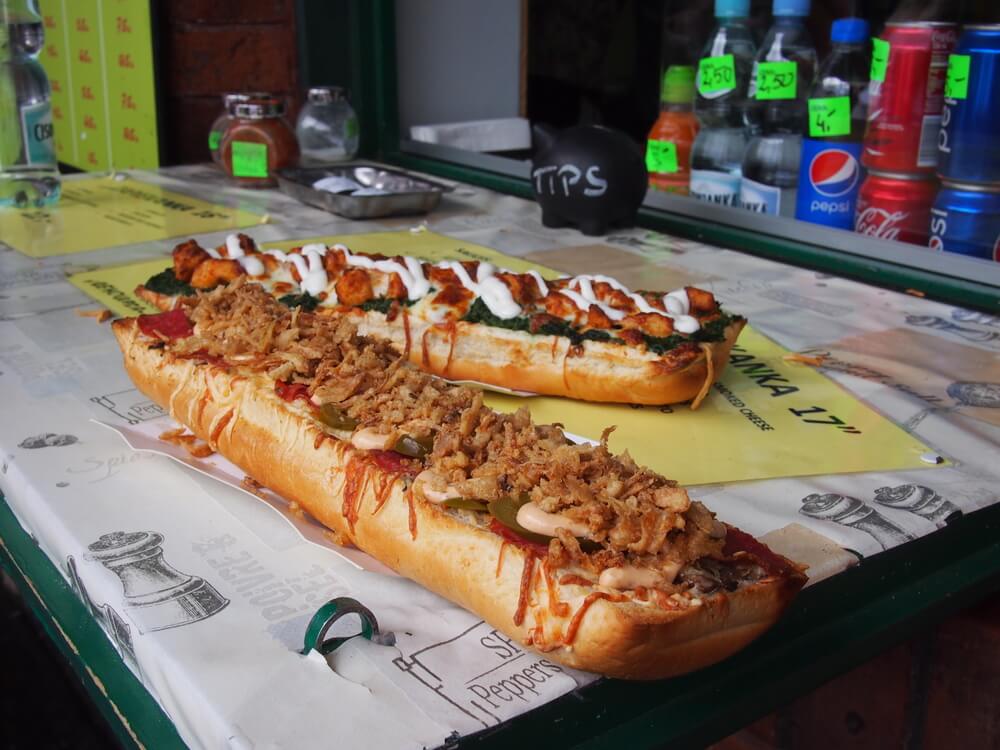A round-up of the best places to eat in the world!

Let’s face it, one of the main attractions of travelling is discovering the culinary delights of the country you’re visiting!
If you go to the Mc Do every lunchtime when you travel, this article is not for you! But for those of you who are salivating at the thought of wandering the floating markets of Bangkok, sampling the hundreds of curries in Bombay or trying all the tacos in Mexico, look no further than this list!
At the end of 2022, a “gastronomic scandal” has just broken out. The website Taste Atlas has just published its ranking of the 95 best cuisines in the world, with France in 9th place! Behind the United States! Help! Falling behind Italy and Greece is all very well, but the French are having a hard time digesting falling behind the United States!
Faced with the outcry, the site had to justify its methodology and explain that American cuisine is not just about hamburgers.
In short, the world is full of flavours and colours, varied spices and ways of cooking. The food we prepare says a lot about our cultures, our tastes and the geography of our regions, so let’s take a look at what the world has in store!
Tell me what you eat and I’ll tell you who you are…
12 dream destinations for a culinary trip!
(In no particular order of preference, so don’t get too excited! And without France, because we live there and know a lot about it!)
1 Mexico
In Mexico, there are no long, drawn-out meals at the table. You eat standing up, in the street, at any time of the day (and night).
The signature dish is the taco, a small tortilla made from corn or wheat flour and stuffed with a variety of meats, fish or seafood, mixed with onions, peppers and tomatoes and often accompanied by guacamole and hot sauces.
But Mexican gastronomy doesn’t stop there! Its history goes back to pre-Columbian civilisations, when maize was considered sacred. Today, Mexican gastronomy is the result of a pre-Hispanic heritage and European cultures, mainly Spanish, due to the conquest of the Aztec Empire in the 16th century. This explosive mix has also been influenced by African, Caribbean and Asian cuisines, which came with the slavery that took place throughout “New Spain”. Quite a mix, and quite a result! So incredible that it is a UNESCO World Heritage Site.
A trip to Mexico is a promise of colourful culinary discoveries!
Don’t hesitate to have a breakfast of “Huevos Rancheros”, choose the wonderful “Chile rellenos” at the local restaurant, try your hand at “tamales”, taste all the “Mole” at the Oaxaca market and sample some Tequila and Mezcal!
In Mexico, gastronomy goes hand in hand with conviviality, so don’t forget that life is a party and the best dishes are the ones you share!
Buen Provecho!
2 Lebanon
Given the number of Lebanese restaurants in France, it’s safe to say that the French love Lebanese cuisine!
And how could it be otherwise? Lebanon is part of what is known as Levantine cuisine, i.e. the cuisine of the Levant region, inspired by Mediterranean, Greek, Jewish and Arabic cuisine. With such a mix of flavours and skills, you can’t help but be charmed!
Its dishes reflect legendary Lebanese hospitality and are as healthy as they are tasty! Very well-balanced, it mixes proteins, vitamins, salads, meats and many water-rich seeds such as chickpeas.
The best-known dishes are the familiar hummus and tabouleh, chicken or veal chawarma, served on a plate or as a sandwich, falafels, spicy chickpea dumplings, and kefta, a minced meat skewer that can also be presented in the form of dumplings.
For dessert, of course, there’s Baklawas and osmaliyeh, a sweet made from fresh vermicelli pastry covered in honey and served with fromage frais or cream.
Sahten!
3 Greece
Greek cuisine has a reputation that goes back thousands of years. The famous Mediterranean diet, which is said to help people live to a ripe old age, is even listed as a UNESCO World Heritage Site. Like its country, Greek gastronomy is a veritable cultural melting pot, born of endless migrations within the cradle of Western civilisation.
The typical ingredients of Greek cuisine have a taste of sunshine and holidays: olive oil, feta cheese, black olives, tomatoes, tzatziki and so on.
You’ll be familiar with most of these dishes, but let’s take a quick look at what you’ll be able to enjoy during your stay in Greece.
We’ll start with the aperitif, with mezzés, bite-sized dishes to share, halfway between an appetiser and a tapas. There are, for example, dolmadakias, stuffed vine leaves, spanakopitas, spinach and feta puff pastries, and Greek salad, a perfect marriage of black olives, red onions, cucumber, tomato and feta.
For the main course, there’s moussaka, of course, but also souvlaki, grilled meat kebabs, and pita gyros, the Greek sandwich that’s everywhere!
If you’re more of a sweet tooth, then you’re in for a treat. The Ottoman influence is very much in evidence in Greece, and you’ll find plenty of oriental sweets bathed in honey, such as baklava. You can also try Loukoumades, the little doughnuts that were once offered to the winners of the Olympic Games in Ancient Greece!
And to wash it all down, a good glassful of Ouzo, the country’s typical aniseed-flavoured spirit!
καλή όρεξη !
4 Thailand
Aaah, South-East Asia, paradise for lovers of a culinary change of scenery! Here, everything is different from Europe. We don’t think about ingredients in the same way. Sweet and savoury are more easily handled, and there’s no fear of spices or explosions of flavour. A treat for the palate and a new dimension for our minds, which don’t understand what’s happening to them!
So, yes, it stings. Some will say that the chilli hides the flavour and takes up all the space, but the chilli, in reality, is that flavour, impossible to find without the many ingredients that make up curry pastes or the incredible sauces that spice up your dishes. I could have talked to you today about the fascinating cuisines of Vietnam, Malaysia, Indonesia, Laos, Cambodia or even China, but we have to make a choice and we’re going to introduce you to Thai cuisine.
The ingredients that give it its inimitable taste are ginger, galanga, lemongrass, coriander, red basil, chilli, peanuts, coconut milk and soya.
You’ve probably already tried Pad Thai, one of the cheapest street foods in the world! These are wok-fried noodles served with prawns or chicken and sprinkled with peanuts and a squeeze of lime. Another ultra-typical and delicious dish is Tom Yum, a sweet and sour soup spiced with pork, chicken or fish and made with a broth, lime and flavoured with lemongrass and galanga. You’ll also find grilled meats and fish such as Crying Tiger, a spicy beef dish, or stir-fried chicken with spicy basil. Then there are the famous curries, which come in all sorts of colours for some mouth-watering tasty discoveries! Curry pastes (green, red, young, massaman, panang etc) are all variations of blends of spices and ingredients, which, when mixed with coconut milk, provide a delicious creamy base for your meat, fish, vegetables or seafood.
เพลิดเพลินกับอาหารของคุณ!
5 Peru
Peru is a culinary surprise! Its gastronomy has been the talk of the town for some years now, and has elevated Peru to the ranks of the world’s great cuisines.
In 2013, the World Travel Awards even voted it “Best Culinary Destination of the Year!” So why? What lies behind Peruvian gastronomy and what do you eat when you come down from Machu Picchu?
It’s important to understand that Peru’s history is rich in migrations, and as we’ve seen, mixing things up is the key to success when you start cooking! The Spaniards brought with them ingredients from the Old Continent, including… potatoes! Yes, thank you South America, without them there’d be no Chips!
Then came the Italians, but above all the Chinese and Japanese! You wouldn’t have expected this one, but in Peru you can eat really well in Chi-Fa, an Asian-Peruvian fusion restaurant!
Here are a few dishes to try: Ceviche, the famous raw fish soaked in spicy lemon juice, usually accompanied by sweet potatoes, manioc and large maize. Aji de Gallina, a creamy chicken dish flavoured with yellow chilli, served with rice. Lomo saltado, a minced beef with onions, influenced by Chinese cuisine. Anticuchos, the skewers of beef hearts that are everywhere in the street. Rocoto relleno, a type of pepper stuffed with minced meat. Or Arroz chaufa, or arroz con marizcos, typically Asian stir-fried rice that’s absolutely delicious!
Buen Provecho!
6 Japan
Japan has always been a dream for lovers of fine food. It’s easy to imagine refined, delicate Japanese dishes prepared with respect and expertise. Indeed, in Japan, tradition is no laughing matter, and gastronomy is closely linked to philosophy.
Sushi, maki, sashimi and ramen are all the rage in France, of course, but there’s more to Japanese gastronomy than that! The legendary longevity of the Japanese is due in no small part to their healthy, well-balanced cuisine! The Japanese even inspired the fifth basic flavour, umami, which is much less well known in France than the other 4 (salty, sweet, sour and bitter). Which translates as tasty. Mmm, what does “savoury” taste like?
In short, traditionally, the family menu is called ichijūsansai which can be translated as “One soup, three courses”. Rice, fish and seafood, and soy are the key elements of these classic menus. But don’t forget that Japan has an incredible diversity of dishes and a multitude of local cuisines, such as Okinawa.
In addition to these everyday dishes, there are three different types of traditional cuisine inherited from the great ancestral traditions: yūsoku cuisine, inherited from the Heian imperial court, honzen cuisine, that of the Samurai, and kaseiki cuisine, that of the merchants and artists to which the tea ceremony, for example, is linked. It is the latter that we know mainly today as Japanese haute cuisine.
ボナペティ
7 India
India is a leading destination for lovers of new flavours and a vegetarian’s paradise!
As soon as you mention the name, your taste buds start thinking of cumin, turmeric, cardamom, saffron, nutmeg, curry, and feel the comforting warmth of the traditional Indian dishes you eat at the local restaurant. But as you can imagine, in a country of this size, flavours vary enormously from north to south! You don’t eat the same thing in the foothills of the Himalayas as you do on the beaches of the south!
India’s geography encompasses such a diversity of soils, climates and cultures that its cuisine is a perfect reflection of the country’s thousand faces.
Its global influence is gigantic, and is nothing new! Indeed, the spice trade between India and Europe was a key element in the great age of discovery from the 15th century onwards. These new flavours, bought in India and marketed in Europe, influenced not only European cuisine, but also that of the Middle East, South-East Asia, Southern and East Africa and North America, not forgetting the islands (Fiji, Mauritius and the Caribbean, among others).
In the north, it’s an opportunity to eat meat, chicken tikka masala, biryanis or tandoori-style cooking in terracotta tandoor ovens traditionally buried in the ground. In the south, the cuisine is more vegetarian, with Palak paneer, a dish of creamy spinach served with Indian cheese and naan. Or korma vegetables, cooked in a generous coconut cream mixed with tomato, yoghurt and a host of spices. Not forgetting, of course, lentil dhals, chapatis, samoussas and tempuras.
अपने भोजन का आनंद लिजिये
8 Italy
Italian gastronomy is one of the most famous in the world. Ask around, and everyone will be able to name at least 4 Italian specialities! In fact, pizza regularly tops the list of the favourite dishes of people all over the world!
Heir to the cuisine of ancient Rome, the ingredients of Italian dishes come mainly from the Mediterranean basin, with a high consumption of fruit, vegetables, cereals, olive oil and aromatic herbs, mixed with a huge production of cheeses, cold meats, wines and desserts, leaving an insane list of 5300 traditional regional products.
It is widely believed that it was Marco Polo who brought pasta back from China in the 13th century. But in reality, the Greeks and Romans were already eating fresh pasta, just as they do today!
What really revolutionised Italian cuisine was not Marco Polo’s voyage, but that of Christopher Columbus! The products brought back from America, in particular potatoes, tomatoes, coffee and chocolate, are all ingredients that are inseparable from today’s Italian cuisine! Imagine a pizza without tomato sauce, Italy without its espressos or trying to make gnocchi without potatoes… It’s impossible…
The list of specialities is long, and a little Italian road trip is a must if you want to discover the wonders of each region!
Buon appetito!
9 Spain
When you go on holiday to Spain, you know you’re in for a treat. You know you’re going to spend hours sitting on the terraces of bars and cafés, sharing delicious tapas with a cool sangria or an ice-cold caña.
Spain puts its gastronomy at the service of shared pleasures. It’s a generous, joyful and popular cuisine, born of a culture blended by the different peoples who have inhabited it (Phoenicians, Greeks, Romans, Moors…), as well as by the conquests of the Spanish crown (Latin America, Asia or Africa).
Its great climatic and cultural diversity is also reflected in its cuisine, which varies enormously from one region to another.
As in France and Italy, to discover Spanish specialities you need to travel all over the country!
You’ll find tapas, paellas, croquetas, Pata Negra and Gaspacho everywhere, but the traditional rural dishes will be very different if you’re by the sea or in a village in the Sierra Nevada (I’m not telling you anything new).
Spanish cuisine also draws much of its inspiration from its religious roots. Many typical dishes are made for special Catholic festivals such as Semana Santa.
Spain is the world’s leading producer of olive oil and also has a fine wine production. In terms of surface area, the Spanish vineyards are even the largest in the world!
In any case, if you’re looking for a country in which to take a little taste trip, Spain can’t fail to be at the top of your list!
Buen Provecho!
10 Morocco
Head for the Maghreb with the wonderful cuisine of Morocco, ranked second in the world in 2015 by the British website Worldsim!
When you eat a Moroccan dish, you’ll find the entire history of the country on your plate. Tajine comes from the Berbers, who also brought dates, cereals and almonds with them. The Arabs came with spices, dried fruit and nuts. The Moors added olives, oil and citrus fruits, the Jews shared their preserving techniques such as brines, and the British, you guessed it, imported their love of tea.
Spices are an integral part of Moroccan gastronomy. Saffron, cloves, cumin, paprika, pepper, turmeric, dill, and so on. The spice known as ‘ras-el-hanout’, which you all know and which literally means ‘head of the shop’, is in fact a mixture of 20 to 40 different spices, at the discretion of the owner of the shop.
In Morocco, it’s the women who do the cooking. Don’t look for a precise recipe; traditions are passed down from mother to daughter and measurements are made by eye.
The dishes you will discover during your trip to Morocco are tasty and are best enjoyed in a spirit of sharing. They mix sweet and savoury, nuts and pulses, dried fruit and meat or fish with ease.
Whether you choose a Tajine, a Couscous, a Pastilla, a Rfissa or a Zalook, you won’t be disappointed!
And I’m not even talking about the sweet delights! Seffa, Cornes de Gazelle, Chebakias, Makrouts etc. etc. etc….
شهية طيبة
11 Norway
Lovers of wide open spaces and wild nature, Norway is made for you! And its gastronomy is just like its landscapes: raw, beautiful and unadorned.
A country of fishermen and men and women accustomed to the extreme conditions of the Nordic countries, Norway reveals a cuisine that is both rustic and modern.
Its coastline, jagged by the Fjords, offers one of the world’s longest coastlines and a fantastic supply of fresh, healthy produce.
But the country is also in the hands of inventive and ingenious Norwegian chefs. In fact, the country has the highest number of medallists in the Bocuse d’Or, one of the world’s most prestigious cookery competitions (well known to the people of Lyon)!
As you can imagine, salmon is king here, and it comes in all sorts of sauces, or rather all sorts of ways of cooking it: cooked, raw, gravlax, smoked, lacquered or marinated.
Norwegians love seafood! They eat a lot of herring, rakfisk (trout) and tørrfisk (dried cod), as well as seafood and the incredible king crab, the giant of the North Seas.
Meatwise, we’re not bad either! Elk, reindeer and deer meat also feature prominently in traditional Norwegian dishes, as do sausages (and you should know that Norwegians are big hot dog eaters!). You’ll also find dishes based on mutton or lamb and lots of dried meats.
And last but not least, don’t forget to try their dairy products, known for their unbeatable quality! Don’t miss the strange Norwegian caramelised brown cheese (geitost)!
On the sweet side, don’t forget to mention the beautiful bakery, the typical Christmas cakes and the Norwegians’ fascination with waffles. Yes, waffles. A real Norwegian institution!
Nyt maten din!
12 Poland
Less well known than the other star cuisines on the list, Polish gastronomy is not to be outdone! Ultra-comforting soups, fragrant sausages, fermented cabbage, smoked fish, potato pancakes… So you’ve guessed it, in Poland we’re talking about a cuisine that’s good for the body and good for the heart!
During a visit to Warsaw, Krakow or elsewhere, don’t hesitate to try the specialities sold on the street, such as Zapiekanka, a half baguette gratinated with cheese and covered in mushroom cream, or Obwarzanek, a bread similar to a bagel, eaten plain, with poppy seeds or sesame seeds.
Not forgetting, of course, the most popular speciality, pierogis, a kind of large steamed ravioli usually filled with cabbage and mushrooms and available in an infinite variety of flavours!
You’ll even find sweet ones, covered in chocolate!
Apetyt!
Conclusion
The world is big, and discovering it is huge!
The earth has given us a multitude of flavours and ingredients, born on the summit of a mountain, on the fertile plains of a volcano or in the middle of an arid desert.
Over the centuries, man has cultivated these lands, tamed these ingredients and invented succulent dishes that are as much a testimony to the past as they are to culture and tradition.
Eventually, people began to mix and flavours travelled, evolved and continue to do so every day.
Cooking is what sets us apart from animals. We are the only species to prepare and improve our own food. So go and explore what makes us human, in the four corners of the world! Taste everything, mix and mingle, see what your neighbour eats, be curious about their customs and traditions. You’ll come back happy and satiated, with your eyes full of memories and your head full of recipes!
200 audioguided tours for cities all around the world
Download